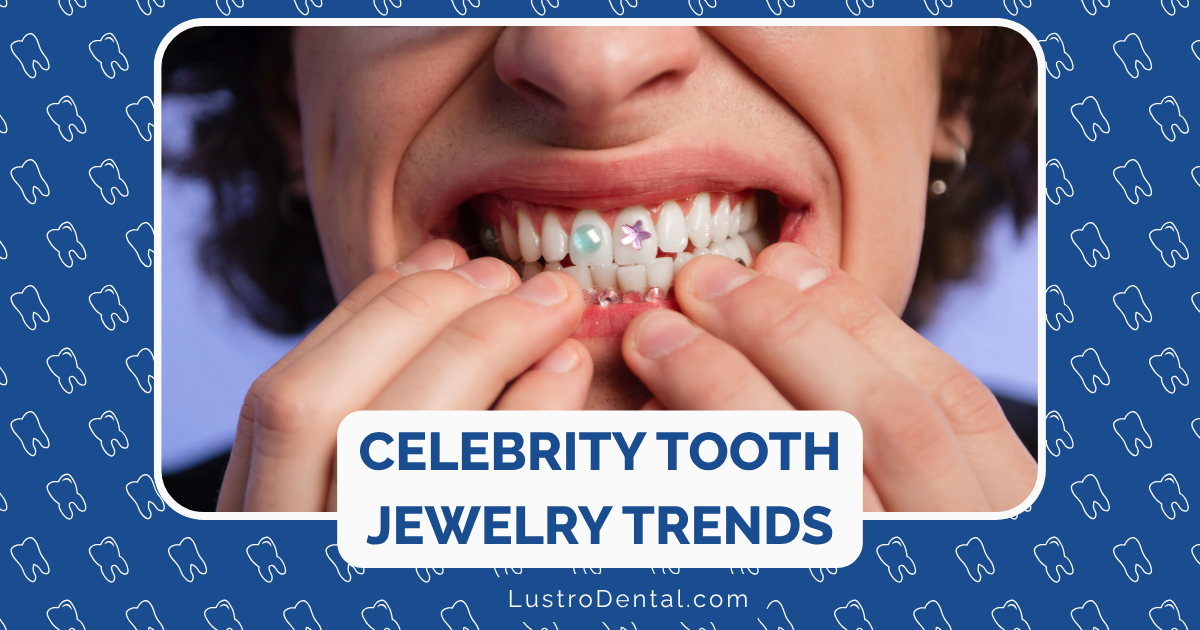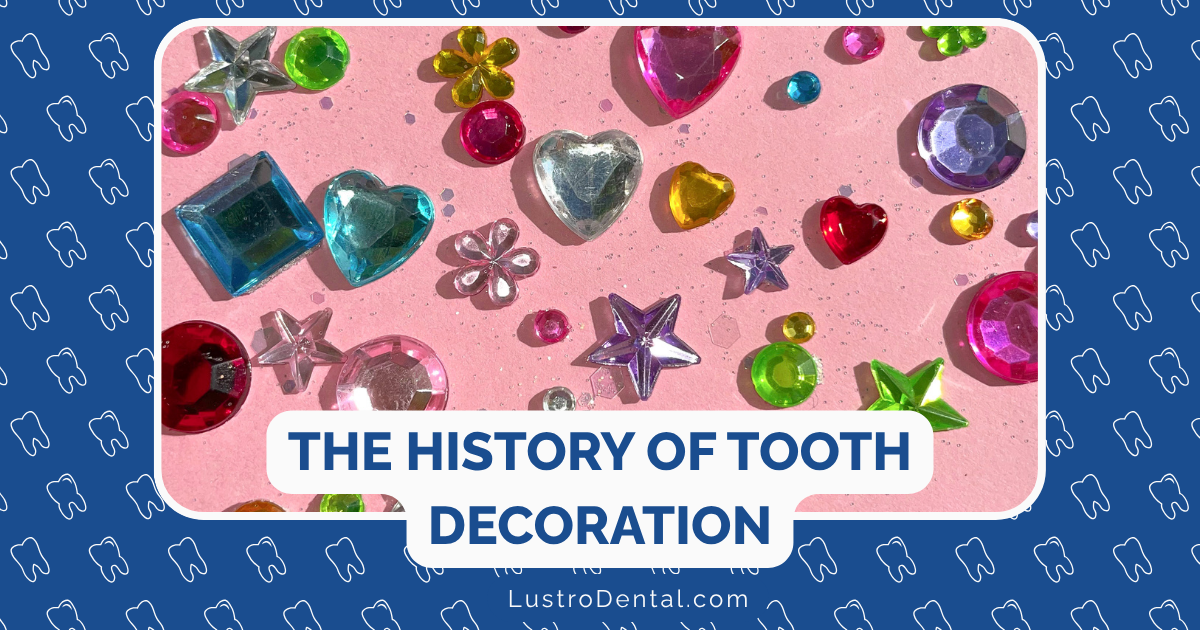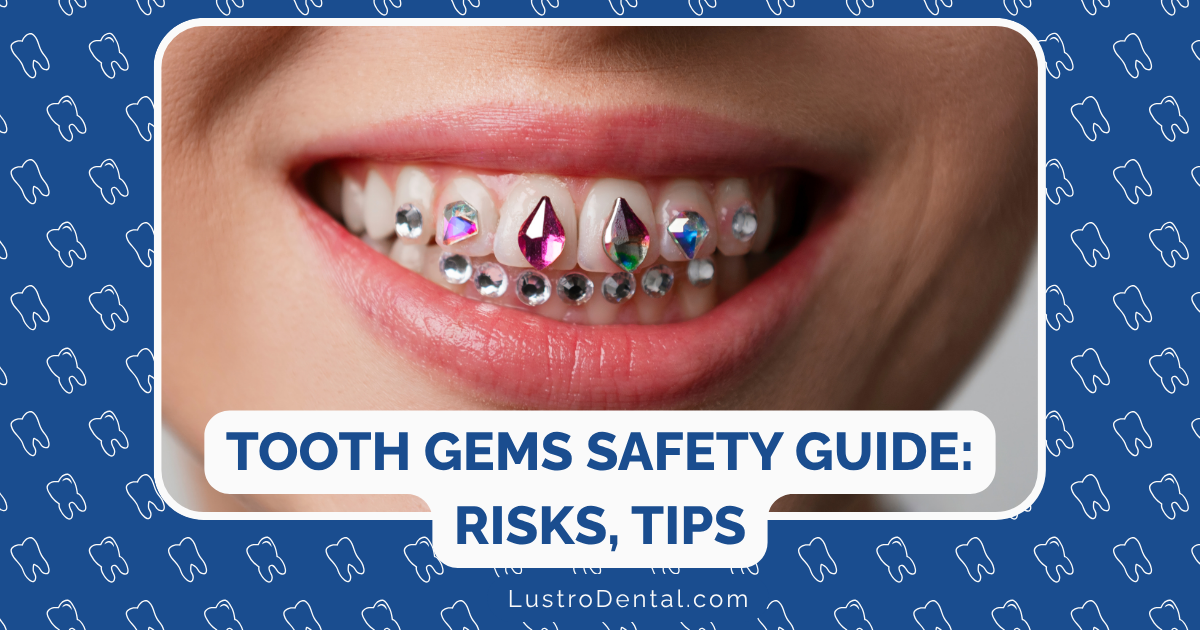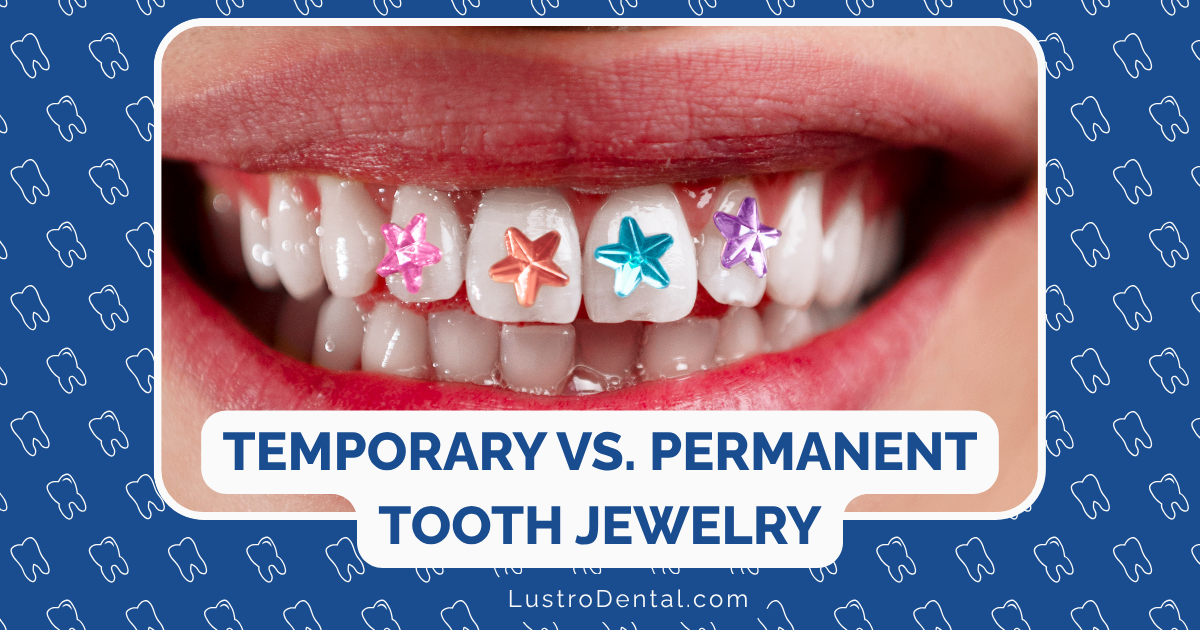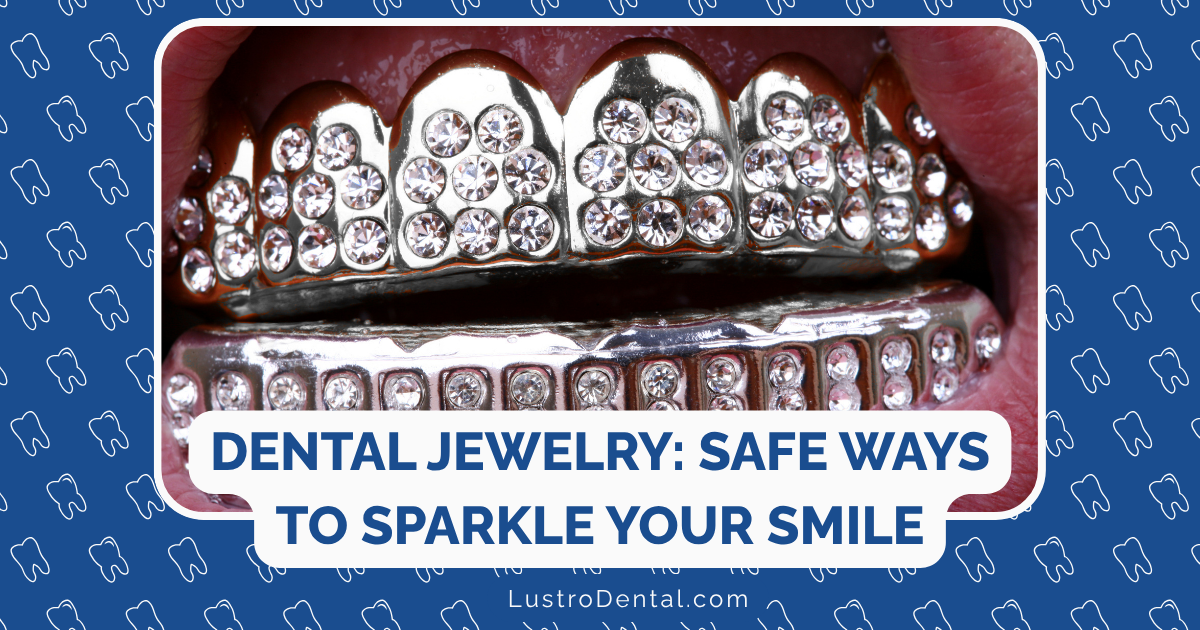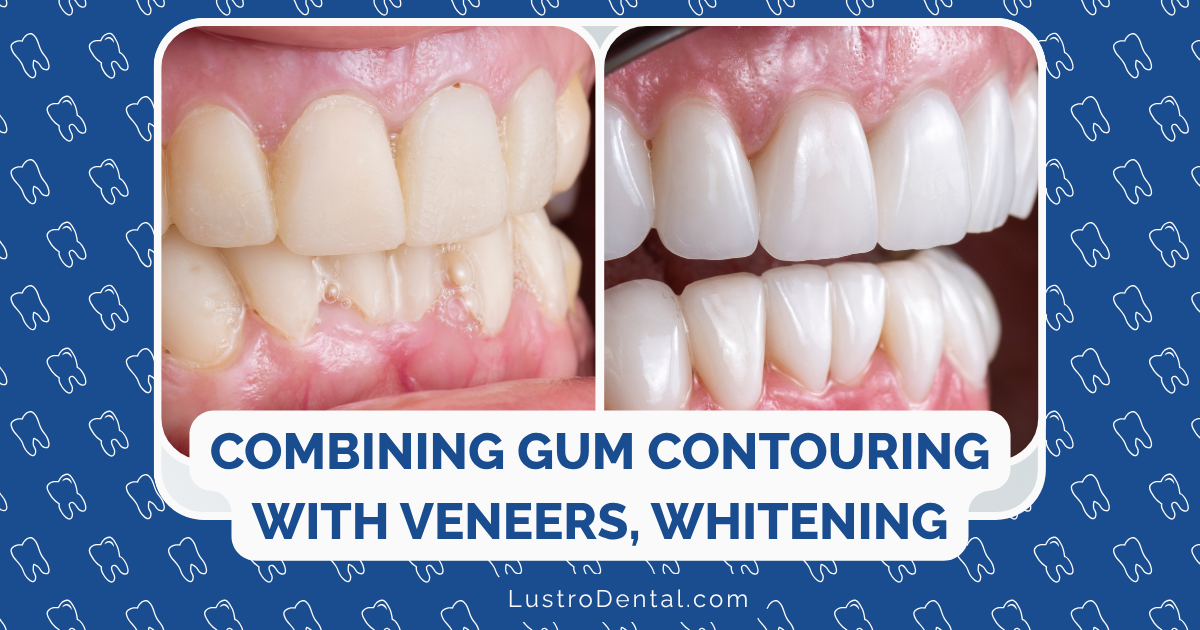Repairing Chips and Gaps: Before and After Bonding Transformations

A small chip in a front tooth. A gap that makes you hesitate before smiling. These minor dental imperfections can have a major impact on your confidence and how you present yourself to the world. While they may seem like issues you simply have to live with, dental bonding offers a surprisingly quick and effective solution that can transform your smile in just one visit.
As a dental professional who has performed countless bonding procedures, I’ve witnessed firsthand the emotional transformation that often accompanies the physical changes. Let’s explore some remarkable before and after dental bonding transformations and what you can expect if you’re considering this procedure for chips, gaps, or other common dental concerns.
Understanding Dental Bonding: The Versatile Smile Solution
Before diving into transformations, let’s briefly explain what dental bonding is. Dental bonding is a cosmetic procedure that uses a tooth-colored composite resin to repair damaged, discolored, or misshapen teeth. The material is applied directly to the tooth, shaped by your dentist, hardened with a special light, and then polished to match your natural teeth.
What makes bonding particularly appealing is its versatility. It can address multiple aesthetic concerns, including:
- Repairing chipped or cracked teeth
- Closing small gaps between teeth
- Improving the appearance of discolored teeth
- Changing the shape or length of teeth
- Protecting exposed tooth roots due to receding gums
According to the American Dental Association, dental bonding is one of the most frequently performed cosmetic dental procedures today, largely due to its combination of effectiveness, affordability, and minimal invasiveness.
Dramatic Transformations: Before and After Results
Let’s look at some common dental issues and the transformations that dental bonding can achieve:
1. Chipped Tooth Repairs: From Broken to Beautiful
Before: A chipped front tooth can draw unwanted attention and affect how you feel about your smile. Even small chips can create sharp edges that irritate your tongue or lips.
The Transformation: Dental bonding can seamlessly repair chips by building back the missing portion of the tooth. The composite resin is carefully layered and sculpted to recreate the natural contour and edge of the tooth.
After: The result is a tooth that looks whole again, with no visible line between your natural tooth and the bonding material. The repair is typically undetectable, even up close.
Real Patient Experience: Michael, 34, chipped his front tooth during a basketball game. “I was shocked at how quick and painless the bonding process was,” he shares. “My dentist matched the color perfectly, and now nobody can tell which tooth was chipped. The entire procedure took less than an hour.”
2. Gap Closures: Seamless Smiles Without Braces
Before: Small to moderate gaps between teeth (diastemas) can be a source of self-consciousness for many people. While some embrace this characteristic, others prefer a more uniform smile.
The Transformation: Dental bonding can close these spaces by adding material to the sides of the teeth, effectively widening them just enough to eliminate the gap. This requires artistic skill to ensure the teeth maintain natural proportions.
After: The spaces disappear, creating a more cohesive smile line. Unlike orthodontic treatment, which can take months or years, this transformation happens in a single appointment.
Real Patient Experience: Sarah, 28, had a noticeable gap between her front teeth. “I considered braces, but the time commitment and cost were deterrents. Bonding closed my gap in one visit, and the results were immediate. It’s been three years, and my bonding still looks great with regular dental cleanings.”
3. Uneven or Irregularly Shaped Teeth: Creating Harmony
Before: Teeth that are misshapen, uneven in length, or have rough edges can disrupt the harmony of your smile.
The Transformation: Bonding can add length to short teeth, smooth irregular edges, and create more pleasing proportions. This often involves minimal or no removal of natural tooth structure.
After: The teeth appear more uniform in size and shape, creating a balanced, harmonious smile that still looks natural and unique to you.
Real Patient Experience: James, 42, had two lateral incisors that were significantly smaller than his other teeth, creating a “fanged” appearance. “Bonding gave my smile better proportions without looking fake,” he notes. “People notice something is different but can’t pinpoint what changed—they just think I look better.”
4. Discoloration and White Spots: Beyond What Whitening Can Fix
Before: Some types of discoloration, including white spots from fluorosis or intrinsic staining, don’t respond to traditional whitening treatments.
The Transformation: Bonding can mask these discolorations by covering the front surface of the tooth with a layer of composite that matches your desired shade.
After: The tooth color appears more uniform, eliminating distracting spots or stains while maintaining a natural appearance.
Real Patient Experience: Emma, 25, had white spots on her front teeth from childhood fluorosis. “Whitening made the spots more noticeable, not less,” she explains. “Bonding was the only thing that worked. My dentist matched the color to my natural teeth, and the spots completely disappeared.”
The Bonding Process: What to Expect
One of the most appealing aspects of dental bonding is the straightforward, comfortable process:
1. Preparation (Minimal to None)
Unlike veneers or crowns, bonding typically requires little to no removal of natural tooth structure. Your dentist will lightly roughen the surface of the tooth and apply a conditioning liquid to help the bonding material adhere.
2. Application and Artistry
Your dentist will apply the putty-like resin material, shaping and layering it to create the desired result. This is where the artistic skill of your dentist really matters—creating natural-looking contours and transitions is essential for an undetectable repair.
3. Hardening
A special ultraviolet light or laser is used to harden the material in just seconds.
4. Refinement
Once hardened, your dentist will further shape the bonding material and polish it to match the sheen of your natural teeth.
5. The Big Reveal
You’ll be able to see your transformed smile immediately—no waiting for lab work or healing time.
According to Dr. Amanda Johnson, a cosmetic dentistry specialist at the American Academy of Cosmetic Dentistry, “The immediate transformation with bonding can be emotionally powerful for patients. They come in with a smile they’ve been hiding and leave feeling confident to show it off.”
Comparing Bonding to Other Options
To help you understand if bonding might be right for your situation, here’s how it compares to other common cosmetic dental procedures:
| Factor | Dental Bonding | Porcelain Veneers | Dental Crowns |
| Procedure Time | Single visit (30-60 min per tooth) | 2+ visits over 2-3 weeks | 2+ visits over 2-3 weeks |
| Invasiveness | Minimal to no tooth reduction | Moderate enamel removal | Significant tooth reduction |
| Durability | 5-7 years on average | 10-15 years on average | 15+ years on average |
| Cost | $300-$600 per tooth | $925-$2,500 per tooth | $1,000-$3,500 per tooth |
| Best For | Small to moderate cosmetic issues | Significant aesthetic changes | Structurally damaged teeth |
| Repairability | Easily repaired if damaged | Usually requires replacement | Usually requires replacement |
The Psychological Impact: Beyond the Physical Transformation
The transformations achieved through dental bonding often go beyond the physical changes. A 2023 study published in the Journal of Esthetic Dentistry found that patients who underwent cosmetic dental procedures like bonding reported significant improvements in:
- Self-confidence
- Willingness to smile in social situations
- Perceived professional opportunities
- Overall quality of life
Dr. Michael Roberts, a psychologist specializing in body image, explains: “We often underestimate how much small physical features can affect our self-perception. When something that’s been bothering you for years is suddenly fixed, it can be liberating. Patients often report feeling like they can finally be themselves without the constant self-consciousness.”
Maintaining Your Bonding Transformation
To ensure your dental bonding continues to look great for years to come:
- Practice excellent oral hygiene – Brush twice daily and floss once daily
- Avoid staining substances – Coffee, tea, red wine, and tobacco can discolor bonding material over time
- Don’t use teeth as tools – Avoid biting fingernails, opening packages, or chewing ice
- Consider a nightguard – If you grind your teeth at night, a protective guard can prevent damage
- Schedule regular dental check-ups – Professional cleanings and examinations help maintain bonding
Is Dental Bonding Right for You?
Dental bonding is ideal for patients who:
- Have minor to moderate cosmetic concerns
- Desire immediate results
- Prefer a conservative approach that preserves natural tooth structure
- Are looking for a cost-effective solution
- Want to “test drive” a new look before considering more permanent options
However, it may not be the best choice if you:
- Have extensive damage requiring structural support
- Grind your teeth heavily without protection
- Are looking for the longest-lasting solution regardless of cost
- Have severe discoloration that might show through the bonding material
Real Patients, Real Transformations: Case Studies
Case Study 1: The Emergency Fix
Patient: David, 29, marketing executive Concern: Chipped front tooth before an important presentation Solution: Single-tooth bonding Time: 45-minute appointment Result: “I chipped my tooth the night before a major client presentation. My dentist fit me in that morning, and by afternoon, you couldn’t tell anything had happened. The color match was perfect, and I delivered my presentation with complete confidence.”
Case Study 2: The Wedding Smile
Patient: Jennifer, 32, bride-to-be Concern: Gap between front teeth and slight unevenness Solution: Bonding on four upper front teeth Time: 2-hour appointment Result: “With my wedding just two months away, I didn’t have time for orthodontics. Bonding gave me the smile I wanted for my photos without a long treatment process. My wedding pictures turned out beautifully, and I felt confident the entire day.”
Case Study 3: The Confidence Boost
Patient: Robert, 45, returning to dating after divorce Concern: Multiple small chips and wear from years of grinding Solution: Bonding on six upper front teeth Time: 3-hour appointment Result: “After my divorce, I was re-entering the dating world and realized how self-conscious I was about my smile. The bonding made me look younger and feel more confident. I actually enjoy seeing my smile in photos now, which hasn’t been the case for years.”
The Future of Dental Bonding: 2025 Innovations
The field of dental bonding continues to evolve, with several exciting developments enhancing results and durability:
- Advanced composite materials with improved stain resistance and strength
- Bioactive bonding materials that help remineralize surrounding tooth structure
- Digital smile design for more precise planning and predictable outcomes
- Enhanced curing technologies that improve bond strength and reduce procedure time
According to the Journal of Conservative Dentistry, newer composite formulations are showing up to 40% greater wear resistance and stain resistance compared to materials from just five years ago.
Taking the First Step
If you’re considering dental bonding to address chips, gaps, or other concerns, the first step is a consultation with a cosmetic dentist who can:
- Evaluate your specific concerns
- Determine if bonding is the right solution
- Show you shade options and discuss the expected results
- Provide a clear cost estimate for your treatment
Many dentists now offer digital smile previews, allowing you to see potential results before committing to treatment.
Conclusion: Small Changes, Big Impact
Dental bonding represents one of the most accessible ways to transform your smile. The before and after results speak for themselves—small changes that make a big difference in how your smile looks and how you feel about it.
While more extensive or permanent options exist, the immediate results, conservative approach, and affordability of bonding make it an excellent choice for many patients seeking to repair chips, close gaps, or enhance their smile in other ways.
As one of my patients eloquently put it: “I spent years being self-conscious about a tiny chip that seemed huge to me. After bonding, I realized I’d been hiding my smile unnecessarily. Sometimes the smallest fix can make the biggest difference in how you see yourself.”
Have you experienced dental bonding for chips or gaps? What was your experience like, and how has it held up over time? Share your thoughts in the comments below!


